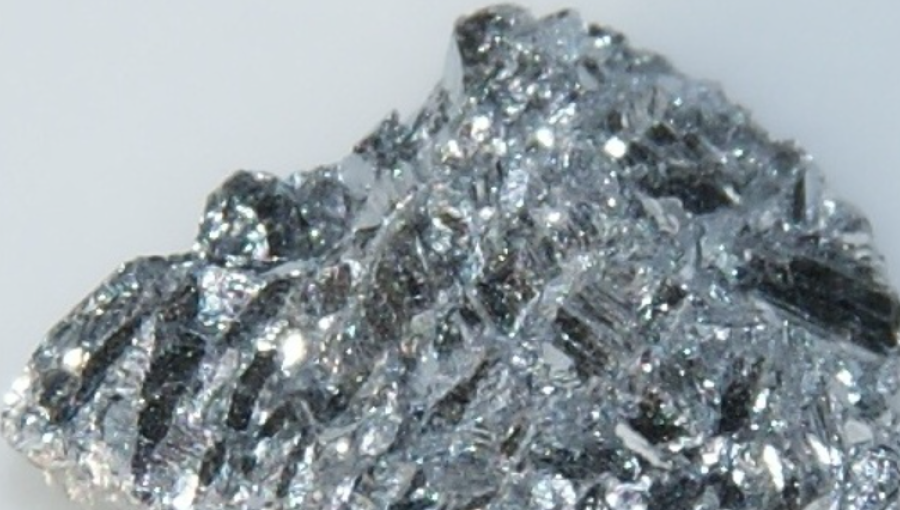
China’s recent decision to suspend antimony exports to the US is not anticipated to cause significant price fluctuations. Market participants largely expected this move. The initial market reaction indicates minimal price impact. This ban is part of a broader export restriction. However, the US antimony market was already adjusting before the announcement. Traders were testing lower prices.
US Antimony Market Undergoes Price Testing and Adjustment
Prior to the announcement, US traders adjusted their price offers. Offers ranged from $38,500 to $39,000 per ton CIF. These prices reflect resistance to higher prices. Panic buying had driven prices earlier in the year. Prices are unlikely to fall drastically. However, offer volumes may reduce. Traders adapt to new supply realities.
Global Search Initiated for New Antimony Suppliers
China has historically been the dominant US antimony supplier. The export ban has sparked a global search for new sources. India, Bolivia, Myanmar, and Vietnam are emerging as alternatives. Turkey, with its production capacity, could see increased demand. Australia’s Hillgrove project could contribute to global supply by 2026.
Future Prospects for Domestic Antimony Supply in the US
In the US, the Stibnite gold-antimony project in Idaho, led by Perpetua Resources, promises increased domestic production. This project, expected to be operational, could ease supply concerns. It will reduce reliance on foreign sources. The Stibnite project will play a key role in meeting antimony demand. SuperMetalPrice views this as a needed market adjustment.











Leave a Reply
You must be logged in to post a comment.